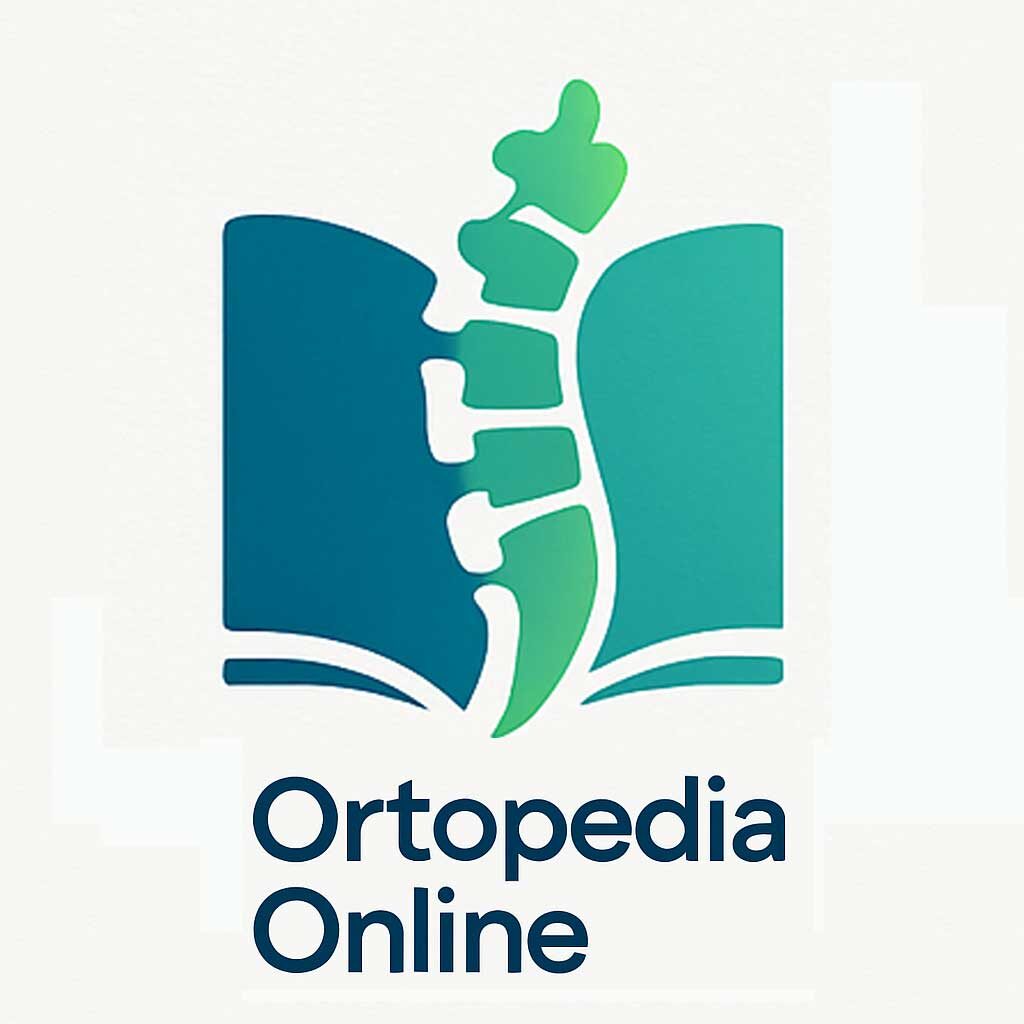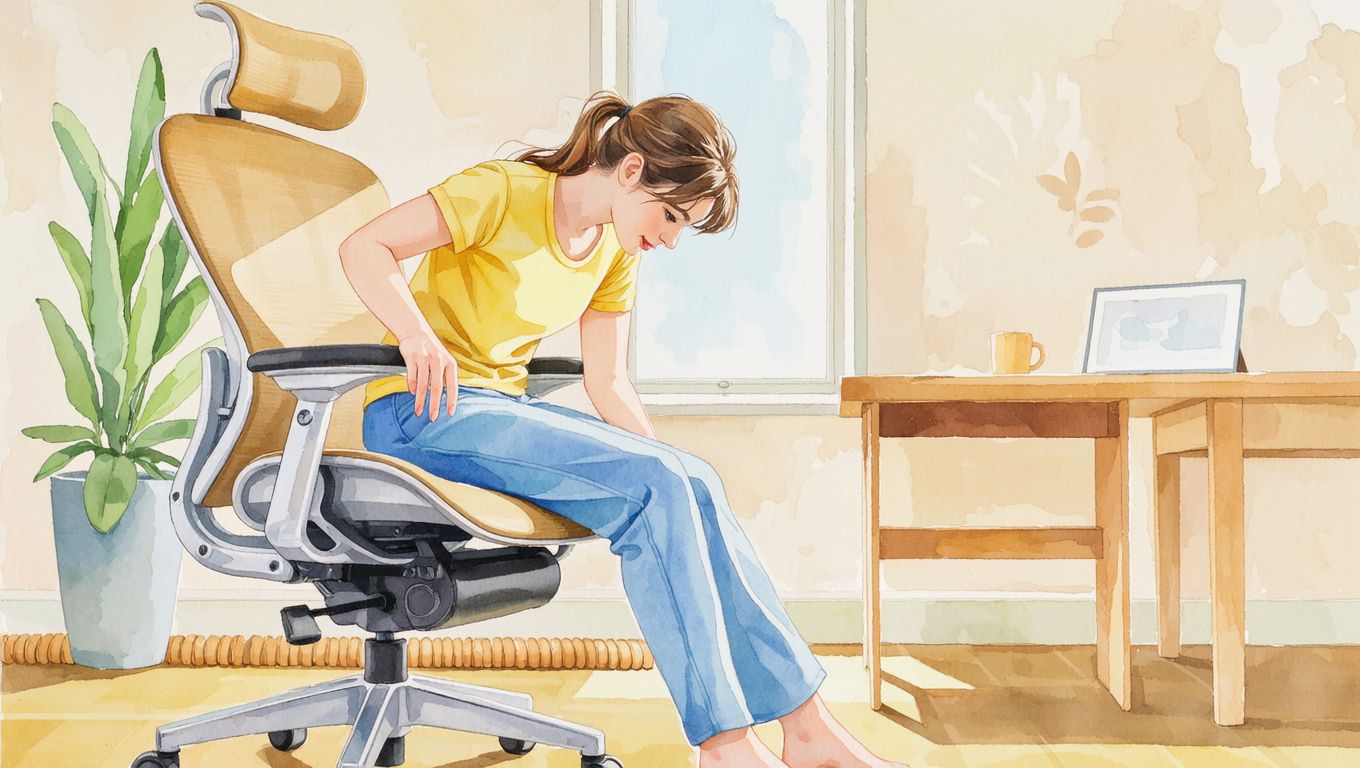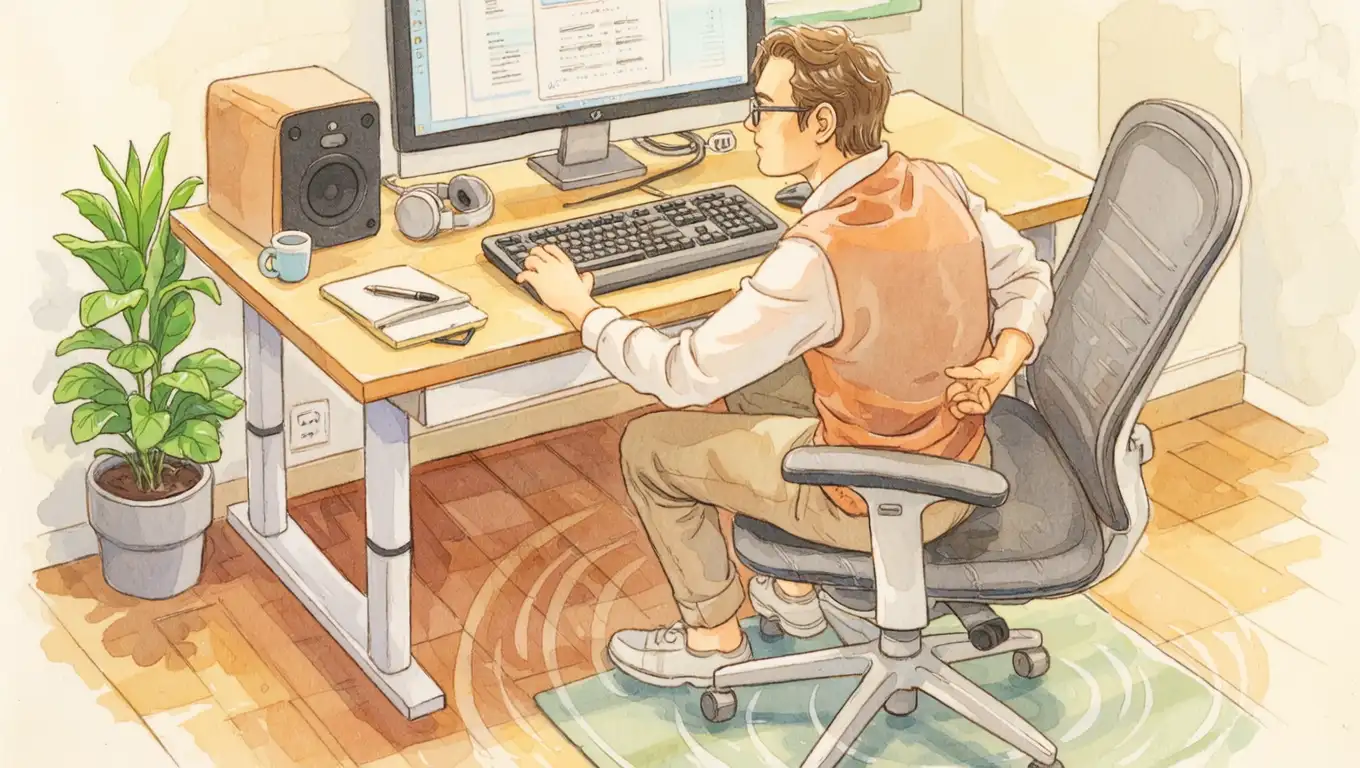That dull ache in your lower back that starts around 3 PM. The stiff neck you have by the end of the workday. The nagging feeling that you’re slowly turning into a human question mark. For millions of us who sit at a desk, this is the daily reality. We often blame ourselves- for slouching, for not stretching enough, for not having “good posture.” But a lot of the time, the real villain is the thing we’re sitting on. That cheap, non-adjustable office chair that came with the desk is actively working against your body. Choosing a proper ergonomic chair isn’t about indulging in a luxury item. It’s about getting the right tool for the job. It’s a fundamental piece of equipment for preserving your spinal health in a world that demands we sit for hours on end.
Before We Talk Chairs: What Does “Ergonomic” Even Mean?
The word “ergonomic” gets thrown around a lot. It’s slapped on everything from keyboards to kitchen knives. In the context of a chair, it has a very specific meaning: the chair is designed to fit the human body and its movements, not the other way around. It’s a piece of engineering designed to support you, not just hold you up.
It’s Not About Comfort, It’s About Support
Here’s something people get wrong: a good ergonomic chair might not feel like a plush, cushy recliner at first. In fact, if you’ve been sitting in a bad chair for years, a truly supportive one can feel a little weird, almost like it’s forcing you to sit differently. And that’s the point. Comfort is subjective and often misleading. You could feel “comfortable” sinking into a soft chair that’s actually putting your spine in a terrible position. Support is objective. A supportive chair holds the natural ‘S’ curve of your spine, takes pressure off your sit bones, and encourages healthy posture without you having to constantly think about it.
The Myth of “Perfect Posture”
We’ve all been told to “sit up straight.” The image of a person sitting at a perfect 90-degree angle, stiff as a board, is burned into our minds. But that’s not how our bodies are meant to work. The human body craves movement. A good ergonomic chair isn’t a static cage; it’s a dynamic platform. It should move with you, allowing you to lean back, shift your weight, and change positions throughout the day. This movement is what keeps your spinal discs hydrated, your muscles engaged, and your circulation flowing. The goal isn’t to hold one “perfect” posture all day, but to have a chair that supports you in a range of healthy postures.
The Core Four of Adjustability: What Really Matters
When you look at the spec sheet for a high-end ergonomic chair, you’ll see a dizzying list of features. But for spinal health, four types of adjustability are non-negotiable. This is what separates a real ergonomic tool from a simple office chair.
Lumbar Support: The Foundation of Your Spine
Your lower back, or lumbar spine, naturally curves inward. A flat-backed chair forces this curve to flatten out, putting a ton of stress on your spinal discs and lower back muscles. This is a primary cause of office-related back pain. Good adjustable lumbar support is a feature that pushes gently into this curve to maintain it. The best chairs allow you to adjust both the height (to match where your curve is) and the depth (how much pressure it applies). This single feature is arguably the most important for long-term spinal health.
Seat Depth & Height: Getting Your Legs Right
Seat height is simple: your feet should be flat on the floor with your knees at roughly a 90-degree angle. But seat depth is the unsung hero. If your seat is too deep, it will press into the back of your knees, potentially cutting off circulation and forcing you to slouch to get your back against the backrest. If it’s too shallow, your thighs won’t be supported, putting pressure on your sit bones. The ideal office chair seat depth allows you to sit all the way back, with your back against the lumbar support, while leaving about two to three fingers’ worth of space between the edge of the seat and the back of your knees.
Armrests: More Important Than You Think
Armrests aren’t just for resting your arms. Their main job is to take the weight of your arms off your shoulders and neck. When your arms hang unsupported all day, your trapezius muscles are constantly working, which leads to that common stiff, sore neck. Good armrests should be adjustable in height, so your shoulders can be relaxed with your elbows at a 90-degree angle. The best ones also adjust in width and pivot inward or outward to support you when you’re typing or using a mouse.
Recline and Tilt: The Freedom to Move
A chair that locks you into one upright position is a back-pain machine. You need the ability to recline. This opens up the angle at your hips and takes a significant amount of load off your spinal discs. Most good chairs have a “synchro-tilt” mechanism, which means when you lean back, the seat pan tilts up slightly. This keeps your feet on the floor and prevents the feeling that you’re sliding out of the chair. The tension of the recline should also be adjustable to match your body weight, so you can lean back with ease but still feel supported.
The High-End Heroes: Chairs That Are Worth the Investment
Yes, the prices on these chairs can be shocking. But you’re not just paying for a brand name. You’re paying for decades of research and development, incredible build quality, and warranties that often last for over a decade.
The Icon: Herman Miller Aeron
The Aeron is probably the most recognizable ergonomic chair on the planet. Its all-mesh design was revolutionary when it launched and it’s still an icon.
- What makes it special: The pellicle mesh. It conforms to your body and is incredibly breathable, which is a huge plus if you tend to run hot. The PostureFit SL support system is two distinct pads that support both your sacrum and lumbar region. It doesn’t just feel good; it feels engineered.
- Who it’s for: People who value breathability and a very specific, structured kind of support. It comes in three different sizes (A, B, and C), so it’s not a one-size-fits-all chair. You need to get the right size for your body.
- The downside: The frame is rigid. You sit in an Aeron, you don’t sit on it. Some people find the plastic frame at the edge of the seat can dig into their thighs. And, of course, the price.
The Contender: Steelcase Gesture
If the Aeron is a precise instrument, the Gesture is a fluid, adaptable partner. It was designed for the modern workday, where we’re constantly shifting between typing, looking at our phones, and leaning back to think.
- What makes it special: The armrests. They are without a doubt the most adjustable and intuitive on the market. They move like a human arm, allowing you to find support in almost any position. The seat is also very flexible at the edges, so it doesn’t dig into your legs, and the backrest moves and twists with your spine.
- Who it’s for: People who change tasks and postures frequently. If you’re constantly moving, reaching for things, and using different devices, the Gesture is designed to support that. It’s a fantastic all-rounder.
- The downside: The foam and fabric upholstery isn’t as breathable as the Aeron’s mesh. While it’s very comfortable, it can feel warmer during long sessions.
Great Ergonomics Without the Sticker Shock
You don’t have to spend over a thousand dollars to get a good chair. Several companies have cracked the code on providing excellent adjustability at a more accessible price point.
The People’s Champ: Branch Ergonomic Chair
Branch has made a name for itself by offering high-quality ergonomics directly to consumers, cutting out the middleman.
- The value proposition: For its price, the Branch Ergonomic Chair offers a fantastic range of adjustments. You get lumbar support, seat depth, armrest, and tilt adjustments that you’d typically find on much more expensive chairs. The build quality is solid, with a clean, minimalist aesthetic. It’s a truly supportive chair for a very fair price.
- Where the compromises are made: The materials and mechanisms, while good, don’t feel quite as refined as a Steelcase or Herman Miller. The recline might not be as smooth, and the plastics might not feel as premium. But for the core job of supporting your spine, it absolutely delivers. It’s one of the best budget ergonomic chair options out there.
The Mesh Marvel: Autonomous ErgoChair Pro
Autonomous has become a huge player in the work-from-home space. The ErgoChair Pro is known for packing a ton of features into a very competitively priced package.
- The features: It has a flexible lumbar system that adjusts to your movements, a breathable mesh back, and a wide range of adjustability. It hits all the right notes on paper and provides a very modern, tech-forward look.
- The target audience: This chair appeals to people who want maximum adjustability and a mesh design without the premium price tag. It’s a strong contender for anyone looking to upgrade from a standard office supply store chair.
The “Alternative” Option: Humanscale Freedom
The Humanscale Freedom chair is a different beast entirely. Its design philosophy is that a chair should be so smart, you don’t need to adjust it manually.
The No-Levers Philosophy
Designed by ergonomics pioneer Niels Diffrient, the Freedom uses a weight-sensitive recline mechanism that automatically adjusts the tension based on your body weight. The armrests are attached to the back of the chair, so when you recline, they move with you, staying in the right position. The idea is to get rid of all the confusing levers and knobs and just let the chair do the work.
- Who this chair works for: People who hate fiddling with controls and just want a chair that works. If you find yourself in a lot of different chairs (like in a hot-desking office environment), the Freedom is brilliant because it adjusts to you instantly.
- Who it doesn’t: People who want to fine-tune every single aspect of their chair. If you want your lumbar support to be a little firmer or your recline a little looser, you don’t have that option. You have to trust the chair’s design.
Quick Takeaways
- A good chair is a tool for health, not a luxury. It’s cheaper than physical therapy.
- Support is not the same as comfort. A supportive chair might feel weird at first.
- The “Core Four” of adjustability are lumbar support, seat depth, armrests, and recline.
- Don’t just buy online. If you can, try to sit in a chair before you buy it.
- The price tag often reflects the quality of the engineering and the length of the warranty.
- Your body is meant to move. Your chair should move with you.
- A high-end refurbished chair can be a fantastic value.
Conclusion
The search for the right ergonomic chair can feel like a deep and complex rabbit hole. There are countless models, features, and opinions. But at its core, the choice is simple. You are looking for a tool that will hold your spine in a healthy, supported posture while still allowing you to move freely. You’re looking for a chair that fits your body, not one that forces your body to fit it.
I learned this the hard way years ago when I bought a stylish, but completely non-adjustable, chair for my home office. It looked great in photos. After a month, my back was a mess. I ended up spending more on chiropractic visits than I would have on a decent chair in the first place. That’s the real takeaway here. The investment you make in a good chair pays dividends every single day in the form of less pain, better focus, and better long-term spinal health. It’s one of the single best things you can do for your well-being in the modern working world.
FAQs
1. How much should I spend on a good ergonomic chair?
While you can find basic “ergonomic” chairs for a couple of hundred dollars, a truly supportive chair with the full range of “Core Four” adjustments generally starts in the 500 range (like the Branch). The premium, high-end models from brands like Herman Miller and Steelcase typically run from $1,000 to $2,000, but they come with extensive warranties and are built to last for decades.
2. What’s the difference between an ergonomic chair and a gaming chair?
While there’s some overlap, their design philosophies differ. Ergonomic chairs are designed for sustained, supported posture during work tasks. Gaming chairs often feature a “bucket seat” design inspired by race cars, with high backs and prominent side bolsters. While some gaming chairs have ergonomic features, they often prioritize aesthetics and a “locked-in” feel over the dynamic movement and precise spinal support of a true office ergonomic chair.
3. How long does a good ergonomic chair last?
A high-quality ergonomic chair from a reputable brand is an investment designed to last. Brands like Herman Miller and Steelcase offer warranties of up to 12 years, and the chairs themselves often last much longer. Cheaper chairs may only last a few years before the foam compresses, the fabric wears out, or the gas lift fails.
4. Is a mesh chair better than a foam one?
It depends on your priorities. Mesh chairs (like the Aeron) are superior for breathability and preventing heat buildup. They provide a firm, conforming support. High-quality foam chairs (like the Gesture) can feel more plush and forgiving, and some people prefer the pressure distribution of a well-designed foam seat. It’s largely a matter of personal preference.
5. Do I really need armrests on my office chair?
Yes, for optimal ergonomics, you really do. Properly adjusted armrests support the weight of your arms, which reduces strain on your neck, shoulders, and upper back. Working for long hours without armrests can lead to significant muscle fatigue and pain in the trapezius muscles.




